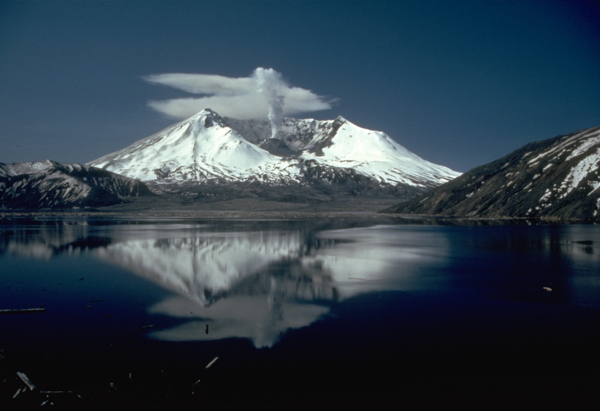PubTalk 2/2018 — USGS Cascades Volcano Observatory
PubTalk 2/2018 — USGS Cascades Volcano ObservatoryTitle: The USGS Cascades Volcano Observatory - Research, monitoring, and the science of preparing society for low-probability, high-consequence events





























